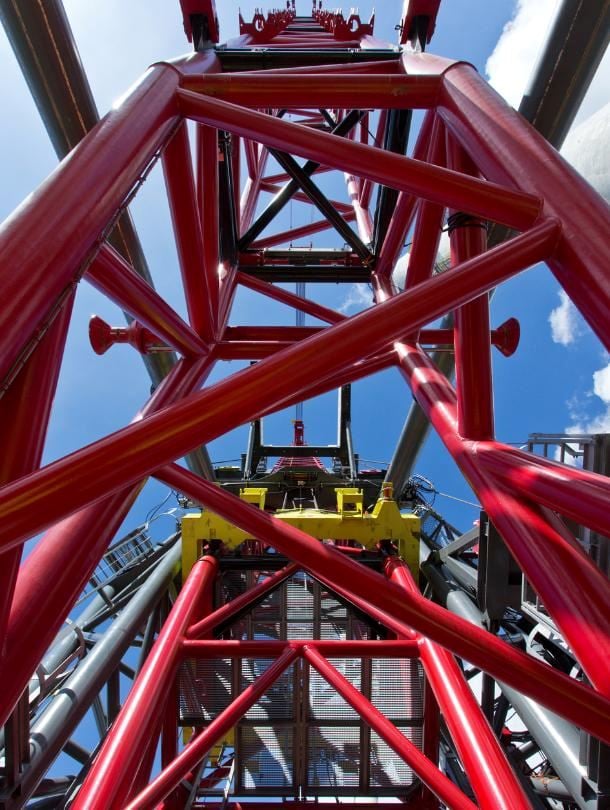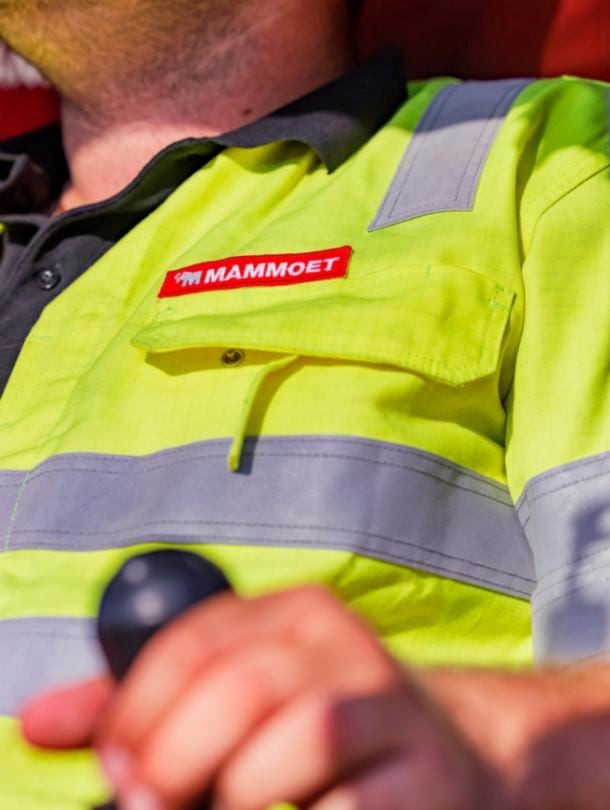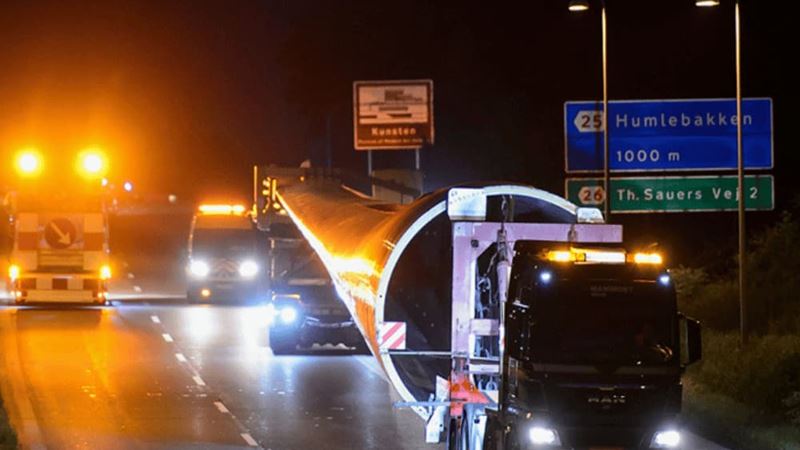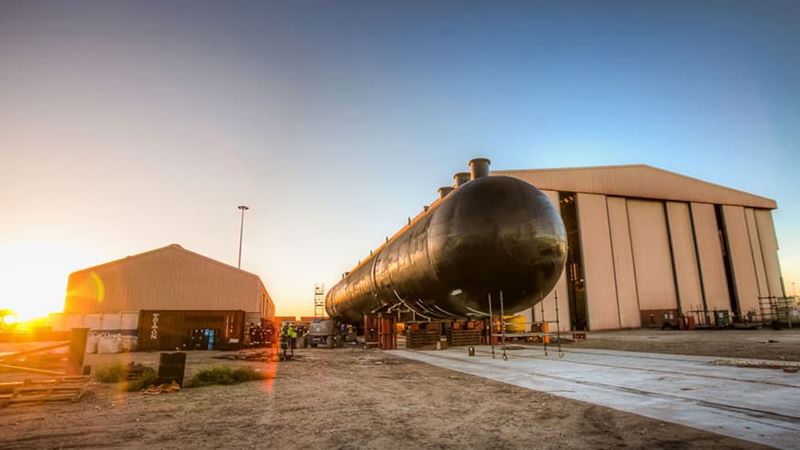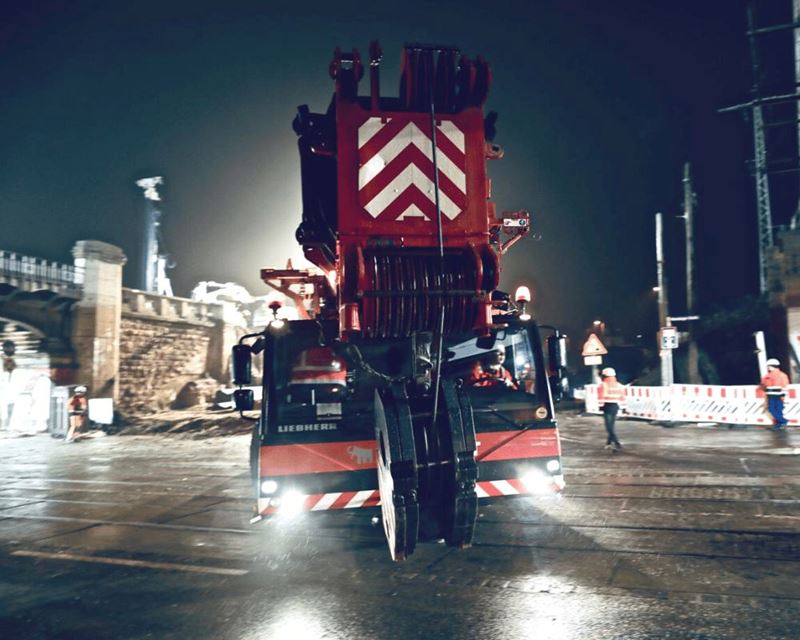
Expertise:
Heavy lifting
Heavy transport
Innovation gives customers clear, accurate audit trail for emissions regulations.
Mammoet has developed a new technology platform that reports emissions data from heavy lifting equipment in real time. The system allows customers to accurately predict and monitor carbon output arising from large heavy lifting and transport projects.
Project planners looking to meet increasingly strict emissions regulations have needed to rely on estimates of total emissions, drawn from the make and model of equipment involved and how long they have been used. Mammoet’s new technology increases the accuracy of this reporting by using data taken directly from the embedded electronics of on-site equipment.
The system, codenamed DAISY, transmits this data over mobile networks from local devices attached to the embedded systems of cranes and SPMT combinations. This can then be accessed from any worldwide location, providing a clear audit trail for governments and other authorities.
This allows organizations working at locations where emissions are regulated tightly, such as inner cities, tunnels and indoor facilities, to minimize emissions at the project site. Analysis of this data will uncover new ways to cut down emissions-driving activity, for example by reducing idling time during projects.
The system is currently in use in the Netherlands, monitoring the carbon emissions of a fleet of mobile cranes. It is planned for rollout across Mammoet projects according to customer demand during 2023.
Jacques Stoof, Head of Innovation at Mammoet, commented: “DAISY will be the most advanced system to accurately report CO2, NOx and NH3 emissions at the equipment level at the operating location, improving on the generic approach the industry is currently using. Based on the actual reported emissions, clients will be given the option to choose a more sustainable, less emitting fuel type in order to minimize their emissions footprint during construction”.
This development is another aspect of Mammoet’s commitment to enabling the energy transition, providing the tools and insight needed by our customers to work towards key 2030 and 2050 climate targets.
Mathias Hoogstra, Head of Sustainability at Mammoet, added: “With this significant step, we are able to assist clients and empower our own reduction ambitions. DAISY’s factual emissions data allows us to take smarter decisions, reducing our footprint in a more efficient manner. This helps our clients and ensures we achieve our sustainability goals towards 2030”.
The launch of DAISY follows Mammoet’s recently-announced partnership agreement with energy company Vattenfall to develop new wind farm cranes powered from renewable sources, and the completion of the world’s first heavy transport project undertaken using a fully electric-driven SPMT combination.
